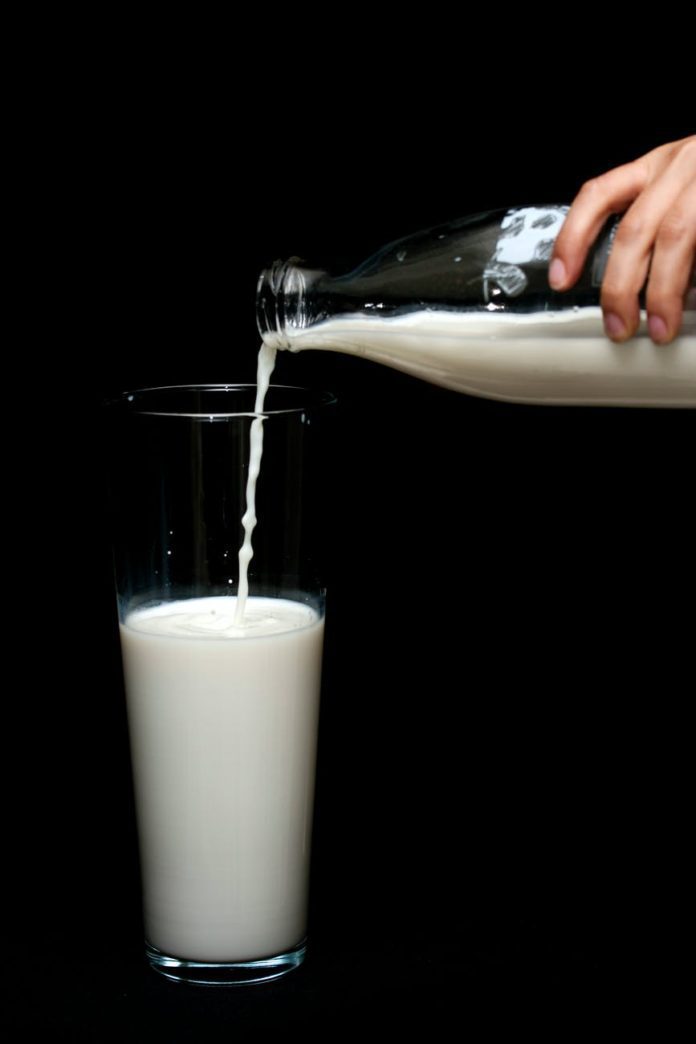Co-operative societies have helped edge out middlemen exploitation boosting farmers’ income, according to the Kenya Dairy Board (KDB).
The Director in charge of the Operations and Regulatory Department at KDB, Dr. William Maritim, said the co-operative sector, especially in the dairy industry, has extended its business beyond the primary role of marketing milk for small-holder farmers and venturing into the provision of financial services.
Dr. Maritim said through bulking, co-operatives have reduced the cost of milk marketing and enabled farmers to realize higher returns by providing a reliable and remunerative outlet for milk.
“Liberalization of milk marketing and withdrawal of many government technical services as part of industry reforms two decades ago forced dairy co-operative societies to assume a greater role in these areas. Some have set up agro-vet services where members access inputs on credit, recoverable from proceeds of milk deliveries,” he said. Dairy groups are also playing a role in empowerment through training.
Dr. Maritim noted co-operatives were the only structured channels through which the national and county governments could support small-holder dairy farmers in value addition, accessing quality equipment and affordable credit facilities, and procuring superior breeds, among other benefits.
“Kenya’s dairy sector is estimated at 14 percent of the country’s agricultural gross domestic product (GDP). Milk is primarily produced by small-holder farmers who account for 56 percent of total output. Joining co-operatives will enable small holder farmers to bulk their milk, gain higher bargaining power for the commodity, and enable them to hold capacity-building forums among themselves,” he said.
KDB data estimate that the sector has 1.8 million small-holder farmers (about 80 percent of producers). The remaining 44 percent of milk output comes from commercial farmers.
Nakuru is one of the highest milk-yielding counties, with over 451,000 dairy cows, which has increased milk production from 3.5 million two years ago to the current 3.9 million litres of milk per year.
Poor animal breeding, high feed costs, and treatment are some of the major challenges that have dampened the multibillion-shilling dairy industry in the country.
Dr. Maritim called for partnerships between various State agencies, research institutions, manufacturers of animal feeds, and breeders, among others, aimed at improving milk production by focusing on the value chain from breeding, feeding, and treatment of animals and marketing of milk.
“All stakeholders in the dairy sub-sector should put in place mechanisms that ensure that farmers embrace improved health technologies, quality breeds through artificial insemination (AI), and minimize health challenges affecting animals,” said Dr. Maritim.
“This will also improve diet diversity, food security and rural incomes of 1.8 million small-holder households countrywide,” he added.
Kenya has three main production systems:
- Intensive production where animals are entirely housed (zero-grazed).
- Open grazing where they roam fields.
- Semi-intensive systems where animals are partly zero-grazed and taken to fields.
Dr. Maritim noted that farmers were grappling with low-quality and adulterated feed, adding that improving fodder quality significantly improves milk productivity.
The feed prices have continued to rise even after the government waived the duty on imported raw materials pushing the cost of production up.
Government statistics estimate that more than five million dairy cattle were producing an estimated four billion litres of milk annually, with milk production projected to grow by about 150 percent by 2050.
“One of the challenges we are grappling with in all our major milk production areas is widespread genetic erosion due to the use of poor quality genetics. This explains why KDB supports interventions such as that provided by Kenya Animal Genetic Resource Centre (KAGRC) in improving dairy breeds for increased milk production,” Dr. Maritim said.
The director observed that improving regulation and supervision of insemination and enhancing the supply of supporting infrastructure such as semen storage would improve the genetic composition of dairy animals.
County Chief Officer for Livestock and Fisheries, Dr. Enos Amuyunzu, said that the devolved unit supported the subsector’s growth through free vaccination programmes targeting dairy animals.
To support co-operatives in value addition, Dr. Amuyunzu stated that the county government had distributed milk coolers to co-operatives which have helped reduce losses.
Kenya has the highest per capita milk consumption in sub-Saharan Africa, at 110 litres. The demand, currently at eight billion litres, is also expected to grow with the population increase.
The government has prioritized the industry in national strategy and plans such as the Agricultural Sector Transformation and Growth Strategy (2019-2029) and the President’s Big Four Agenda. There’s also a Dairy Master Plan to guide the development of the industry up to 2030.





